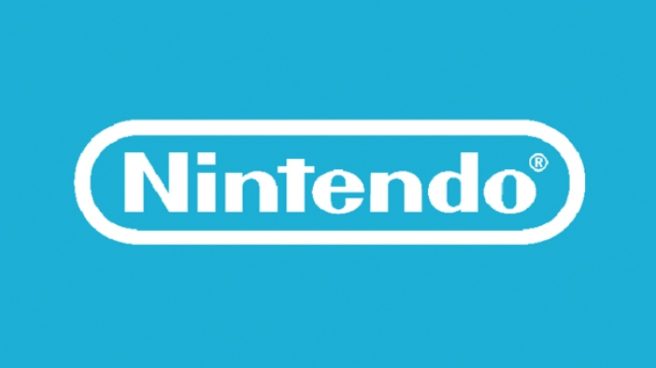Nintendo is “striving to create a controller that can be used with ease, and that will become the standard for the next generation”
During Nintendo’s 79th Annual General Meeting of Shareholders, one investor brought up how E3 featured the same sort of things we’ve been seeing from games over the past three decades in the sense that players look at the screen and play with a controller in their hand. This person wanted to know how developers feel about this and whether or not it will continue. That led to some very interesting comments from Nintendo.
Nintendo’s Shigeru Miyamoto, Shinya Takahashi, and Ko Shiota all commented here. Takahashi mentioned how Nintendo is always looking to innovate and pointed to 1-2 Switch and Labo VR. Miyamoto would add that Nintendo was the first to create the d-pad and additional buttons, as well as the analog stick which “is the clear winner.”
Miyamoto continued by saying that he also feels “we should quickly graduate from the current controller, and we are attempting all kinds of things. Our objective is to achieve an interface that surpasses the current controller, where what the player does is directly reflected on the screen, and the user can clearly feel the result. This has not been achieved yet.”
Below are the full comments from Takahashi, Miyamoto, and Shiota:
Takahashi:
We are always dreaming up new things. For example, for 1-2-Switch, the first game released for Nintendo Switch, we suggested that people play by looking at each other and not at the screen. And for VR, we thought about how we could change not just the controller but also the gameplay itself, and came up with the Nintendo Labo Toy-Con 04: VR Kit. The software exhibited at this year’s E3 just happened to be mostly the type that is played with controller in hand, looking at the screen. However, I think you can see from the software we’ve created that we are always trying out new ideas.
Miyamoto:
Nintendo was the first to create the style of playing video games with a plus-shaped directional pad and additional buttons, which has now become the industry standard. It was also Nintendo that changed the original plus-shaped directional pad, which operated digitally in eight directions, into the first analog input device that moves freely in all directions for Nintendo 64. This, too, is now common. We are proud to have created a variety of user interfaces that have now become industry standards.
And, as of now, in terms of accuracy and reliability, I believe this style is the clear winner.
At the same time, I also believe that we should quickly graduate from the current controller, and we are attempting all kinds of things. Our objective is to achieve an interface that surpasses the current controller, where what the player does is directly reflected on the screen, and the user can clearly feel the result. This has not been achieved yet. We have tried all kinds of motion controllers, but none seem to work for all people. As the company that knows the most about controllers, we have been striving to create a controller that can be used with ease, and that will become the standard for the next generation.
Shiota:
The hardware development team is also taking on this challenge related to controllers, but from all the devices born from this effort, only a handful will reach the consumer as products. We will only release a product into the world if it can be successfully used to control software well. We have not yet invented an all-purpose controller that is unlike any of the current devices. Then again, the conventional controller has slowly evolved from the traditional setup of a plus-shaped directional pad with A and B buttons. For example, when you take aim in Splatoon, the action may seem conventional, but the motion sensor gives a wonderful feel to the operation. So even if things may look the same, we are steadily embedding new technologies and finding good ways to use them. One of Nintendo’s strengths is that we do not just think about hardware, but are constantly thinking about it in conjunction with software. We will continue to put in our best efforts in this area.
